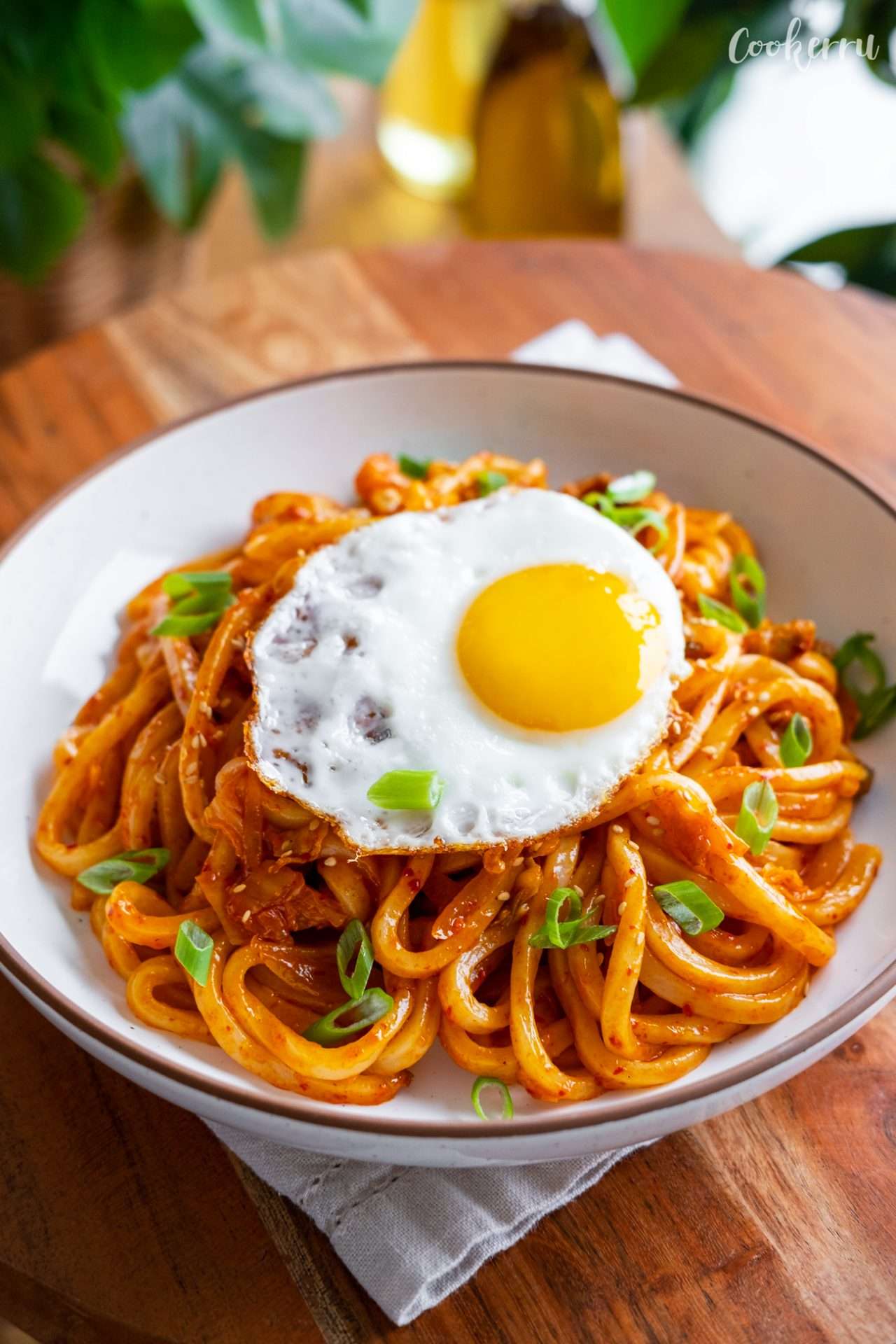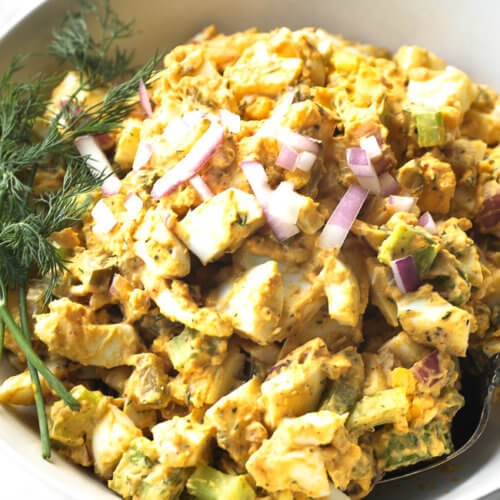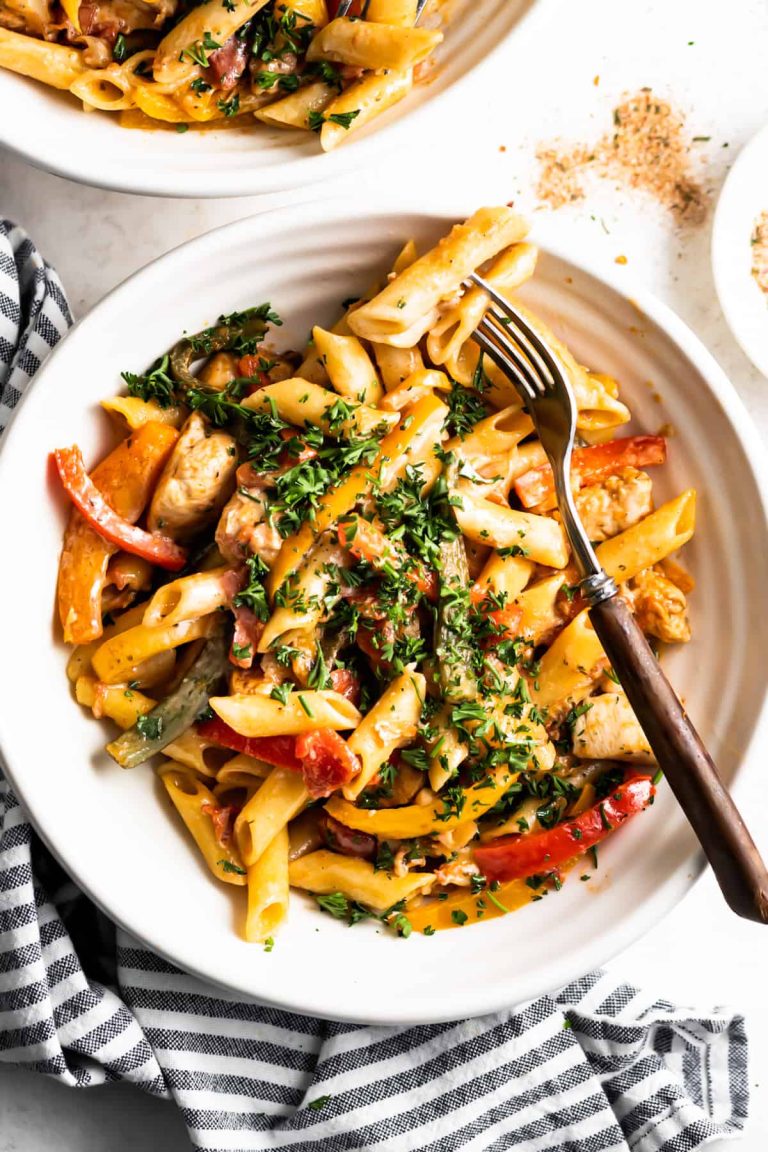Kimchi Udon Noodle Stir Fry Recipe: History, Health Benefits, & Cooking Guide
Kimchi Udon Noodle Stir Fry features a dynamic list of ingredients. Key components include udon noodles, kimchi, vegetables, and protein sources. Udon noodles, typically wheat-based, absorb flavors well. Kimchi, a fermented Korean staple, offers a tangy, spicy kick. Popular vegetable choices, such as bell peppers, carrots, and scallions, add color and crunch. Protein options, including tofu or shrimp, provide nutritional balance.
Flavor Profile
Kimchi Udon Noodle Stir Fry combines multiple taste elements. Kimchi brings a robust, spicy flavor, while udon noodles offer a neutral base. Vegetables contribute freshness and texture, creating a lively contrast. Umami from soy sauce enhances depth, and a hint of sweetness from added sugar or mirin balances spicy notes. This balanced medley results in a memorable, multi-layered taste experience.
The History of Kimchi and Udon in Fusion Cuisine
Origins of Kimchi
Kimchi, a staple in Korean cuisine, dates back thousands of years. Historical texts from 37 BCE mention fermented vegetables, showing kimchi’s deep roots in Korean culture. Fermentation, used for preserving food during harsh winters, gave kimchi its distinctive flavor. The introduction of chili peppers in the 17th century added the signature heat and red color attributed to modern kimchi. Over 200 types of kimchi exist, varying by region and season, each contributing unique flavors to dishes. This rich history positions kimchi as an essential part of Korean identity and cuisine.
Udon’s Journey from Japan to the World
Udon, a thick wheat noodle, has been integral to Japanese cuisine for centuries. Believed to have been introduced from China in the 9th century, udon quickly became popular due to its versatility and satisfying texture. Udon dishes range from hot soups (kake udon) to chilled versions (zaru udon), adapting to different seasons and tastes. In recent years, globalization has brought udon to international kitchens, with chefs incorporating these noodles into diverse culinary creations. The adaptability of udon makes it a prime candidate for fusion dishes, blending seamlessly with ingredients like kimchi to create innovative and appealing meals.
Step-by-Step Cooking Guide
Preparing the Ingredients
Gather all necessary components before starting the cooking process. You’ll need 2 cups of kimchi (chopped), 12 oz of udon noodles (fresh or frozen), 1 onion (sliced), 2 cloves of garlic (minced), 1 cup of vegetables (like bell peppers, carrots, or zucchini, julienned), 2 tablespoons of soy sauce, 1 tablespoon of gochujang (Korean chili paste), and 2 tablespoons of vegetable oil. Ensure the kimchi is well-drained to avoid excess liquid. If using frozen udon, thaw them according to package instructions.
- Heat Oil: Begin by heating vegetable oil in a large skillet or wok over medium-high heat. Once hot, add the minced garlic and sliced onion, sautéing until fragrant and translucent (about 2-3 minutes).
- Add Vegetables: Incorporate the julienned vegetables into the skillet. Stir-fry for 3-4 minutes, ensuring they remain crisp-tender.
- Mix in Kimchi: Add the chopped kimchi to the skillet and cook for another 2-3 minutes. This allows the flavors to meld together.
- Cook Udon Noodles: If using fresh udon, separate and add them directly to the skillet. For frozen ones, cook according to package directions before adding. Stir-fry for 3-4 minutes until the noodles are well coated with the mixture.
- Seasoning: Pour in soy sauce and gochujang, then mix well to combine. Cook for another 1-2 minutes until the sauce evenly coats the ingredients.
- Serve: Transfer the stir fry to serving plates and enjoy hot. Optionally, garnish with sesame seeds or chopped green onions for added flavor.
Health Benefits of Kimchi Udon Noodle Stir Fry
Nutritional Information
Kimchi Udon Noodle Stir Fry offers an array of nutrients. Kimchi provides probiotics, fiber, vitamins A, B, and C, while Udon noodles deliver carbohydrates and essential amino acids. The vegetables, such as bell peppers and carrots, add antioxidants and important vitamins like vitamin C and beta-carotene. When combined, these ingredients create a dish rich in diverse nutrients that support overall health.
Beneficial Fermented Foods
The fermentation process of kimchi enhances its nutritional profile. Fermented foods like kimchi contain beneficial bacteria known as probiotics, which support gut health by promoting a balanced microbiome. Probiotics aid in digestion and may reduce inflammation in the digestive tract. Including fermented foods in your diet can contribute to improved digestion and enhanced immune function.
Conclusion
Kimchi Udon Noodle Stir Fry isn’t just a flavorful dish; it’s a celebration of cultural heritage and nutritional benefits. By combining the unique flavors of kimchi and udon noodles, you’re not only treating your taste buds but also supporting your gut health and overall well-being. This dish is a perfect blend of tradition and modern culinary innovation, making it a must-try for any food enthusiast. So, gather your ingredients and enjoy the delicious journey of making and savoring Kimchi Udon Noodle Stir Fry.






